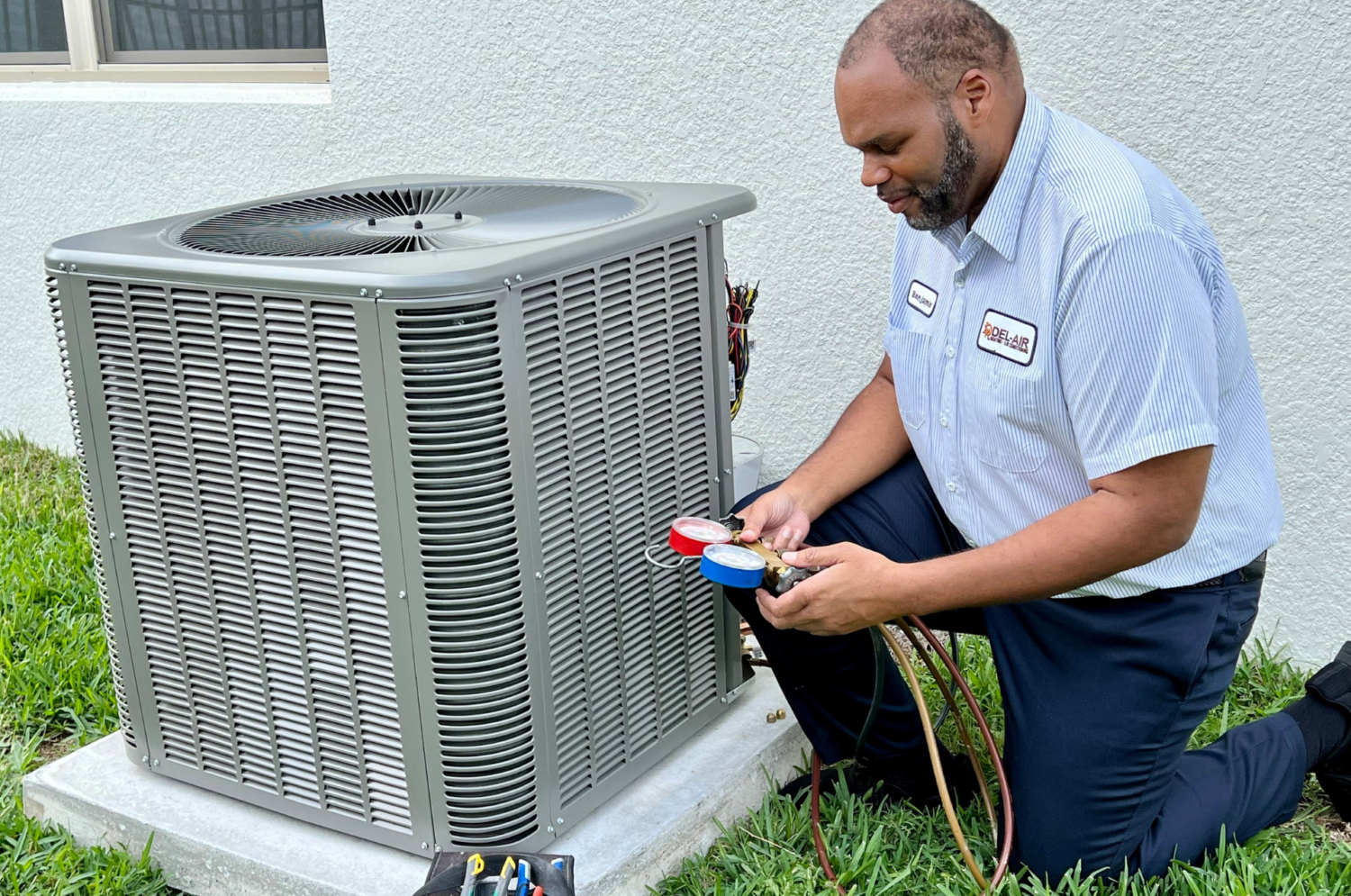A complete and functional HVAC system is important for any home. You want your home’s indoor atmosphere to remain fresh and free of any allergens. However, sometimes your Air Conditioning unit or HVAC can break down or have major repair problems requiring immediate fixing.
Some home appliance repair issues can be resolved with simple troubleshooting like fixing a power cable. Others require complex tuning and professional assistance. In this article, we bring to light some of the most common air conditioning problems and how you can fix them.
Table of Contents
What are the Common Air Conditioner Problems?
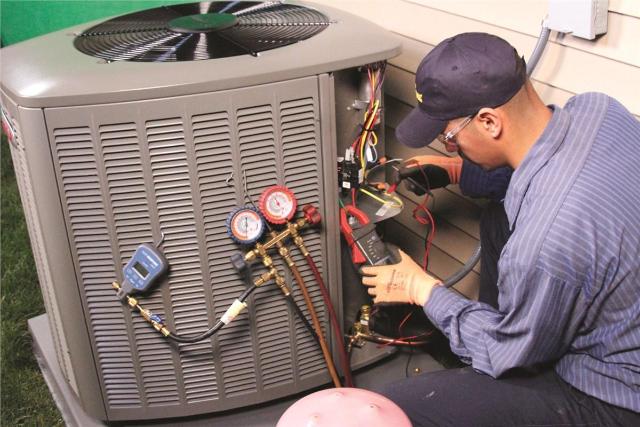
Source: mcginleyservices.com
1 . Condenser not turning on
A condenser is the outer part of your AC. Your AC is not likely to work effectively if the condenser does not turn on. There are many reasons why your AC condenser may not be working perfectly. One major reason is that you’ve set the thermostat too high.
If the thermostat is set low enough for the condenser to turn on, the issue could be a faulty compressor, damaged wiring, or faulty motor. This is possible if you recently replaced the AC condenser with a faulty one. A faulty compressor may break down and stop receiving power to turn on the AC.
2 . Uneven cooling
Sometimes your AC unit may be up to the task, but you still notice uneven indoor cooling. In most cases, the uneven cooling is usually a result of clogged or closed vents. You can correct this issue by ensuring the airways to the unit are clean and clear. This simple tune should correct this problem in the unit.
3 . Temperature not dropping
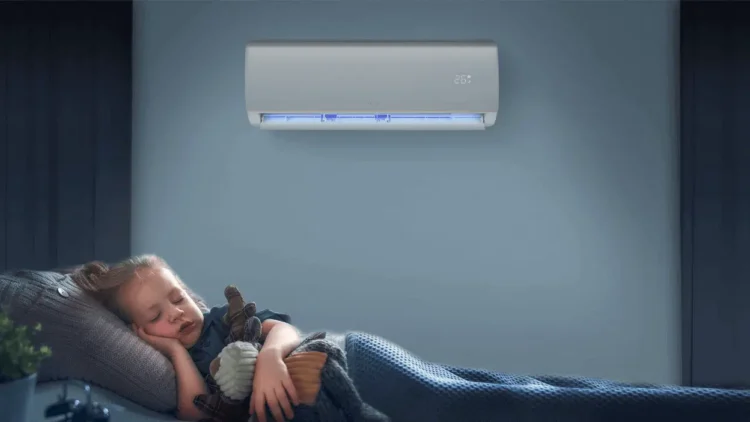
Source: tcl.com
Sometimes the AC unit may be working perfectly, but the temperature within the home remains high. There are a few reasons for this. You want to ensure the thermostat is set to the right temperature. If the thermostat is set too high, the air conditioner turns off before cooling your home properly.
In other cases, the inconsistent cooling in your home may result from a dirty evaporator. You can fix this problem by cleaning the evaporator coils.
If this doesn’t fix your AC’s problem, consider replacing it. Your AC could be small for the size of your home. You can also contact Appliance Repair Service Call Cost for all your home appliance repairs.
4 . Condenser turns off and on
The condenser in your AC is set to turn on when the temperatures in your home reach the level you have set in the thermostat.
However, where bushes, trees, and flowers block the condenser, it can cause it to turn on and off most of the time. Faulty wiring, dirty coils, and dirty coils may also cause this problem.
5 . A faulty thermostat
Your AC unit will not work perfectly if the thermostat fails. Ideally, the thermostat is like the brain of the entire HVAC system. Your thermostat needs power to work, which means a low-voltage wire or batteries should power it. The thermostat in your HVAC system will not work if the power in your home is not compromised.
Also, the thermostat may not work correctly because the AC is not well-placed. You should consider replacing the position of your AC unit if you’ve installed it in a cool area or where the sun hits it directly.
How to Repair Your Home Air Conditioner Unit
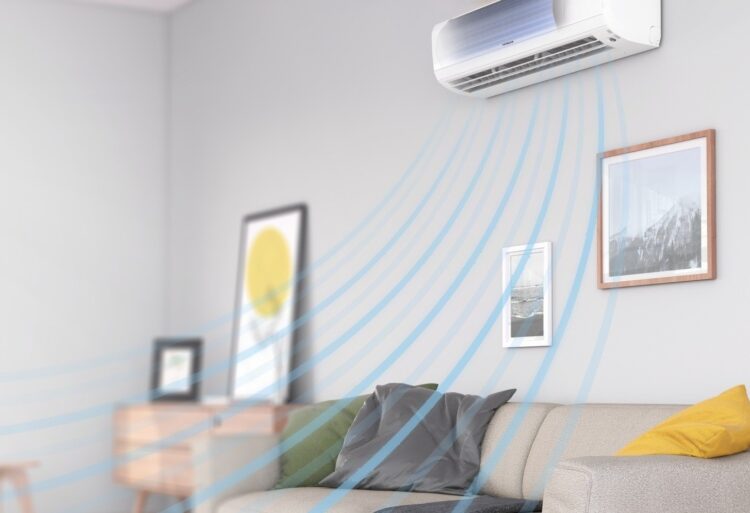
Source: hitachiaircon.com
Step 1: Check for Power Supply
The first and most important step when fine-tuning your AC unit is to check the power supply. Also, check the AC fuse box and circuit breaker to ensure the fuse is not down or the circuit is not tripped. The AC thermostat and condenser will not function or turn on without a power supply.
Step 2: Replace the air filter
You can also replace the air filter in your HVAC system to make it work right. A clogged or dirty air filter obstructs airflow and affects the performance of your AC unit. Check the manufacturer’s manual and replace the air filter if you notice any dirt on them. Replacing the air filter will help fix your AC fast.
Step 3: Check the condenser unit
Check the condenser unit for any issues if the AC unit is malfunctioning. Start by inspecting the outdoor condenser unit for any pollen and debris like dirt and leaves, or obstructions. You should clear away all the debris on the condenser to ensure proper airflow around the condenser unit.
Step 4: Check the refrigerant level
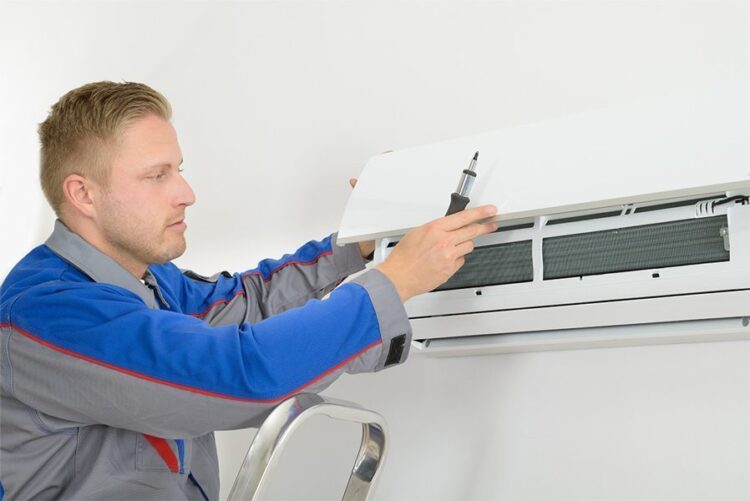
Source: airconco.com
Another way to fine-tune your AC unit is to check the refrigerant level. If the level is low, it could mean a leak in the AC unit. If you suspect any refrigerant leaks, contact a professional Appliance Repair Service Call Cost for help.
Step 5: Clean all condenser coils
The condenser coils in your AC unit accumulate dust and dirt with time, becoming less efficient. You should clean the coils using a soft brush or a special coil cleaner. This way, you bring your AC unit back to life.
Step 6: Test the AC capacitors
The issues with the compressor and motor could result from faulty capacitors. If you are skilled in electrical components, use a multimeter to test the capacitors. You can replace the capacitors or contact an HVAC professional for help with your unit.
Step 7: Examine fan and motor belts
You should also inspect the motor belts and fan for any issues and signs of damage and wear. Replace the fan motor and belts if they are damaged.
Final Thoughts
Many issues may cause a breakdown in your AC. Your air conditioner may have faulty compressor issues, power shortages, and clogged condenser coils. A routine inspection and maintenance of the AC is important to ensure it works effectively.
Repairing your AC unit may be more costly than replacing it. Therefore, you should consider the severity of the issues in the AC unit before inviting a professional to fine-tune it. Professional HVAC technicians will advise you on the best option, whether you should repair or replace your air conditioner.

